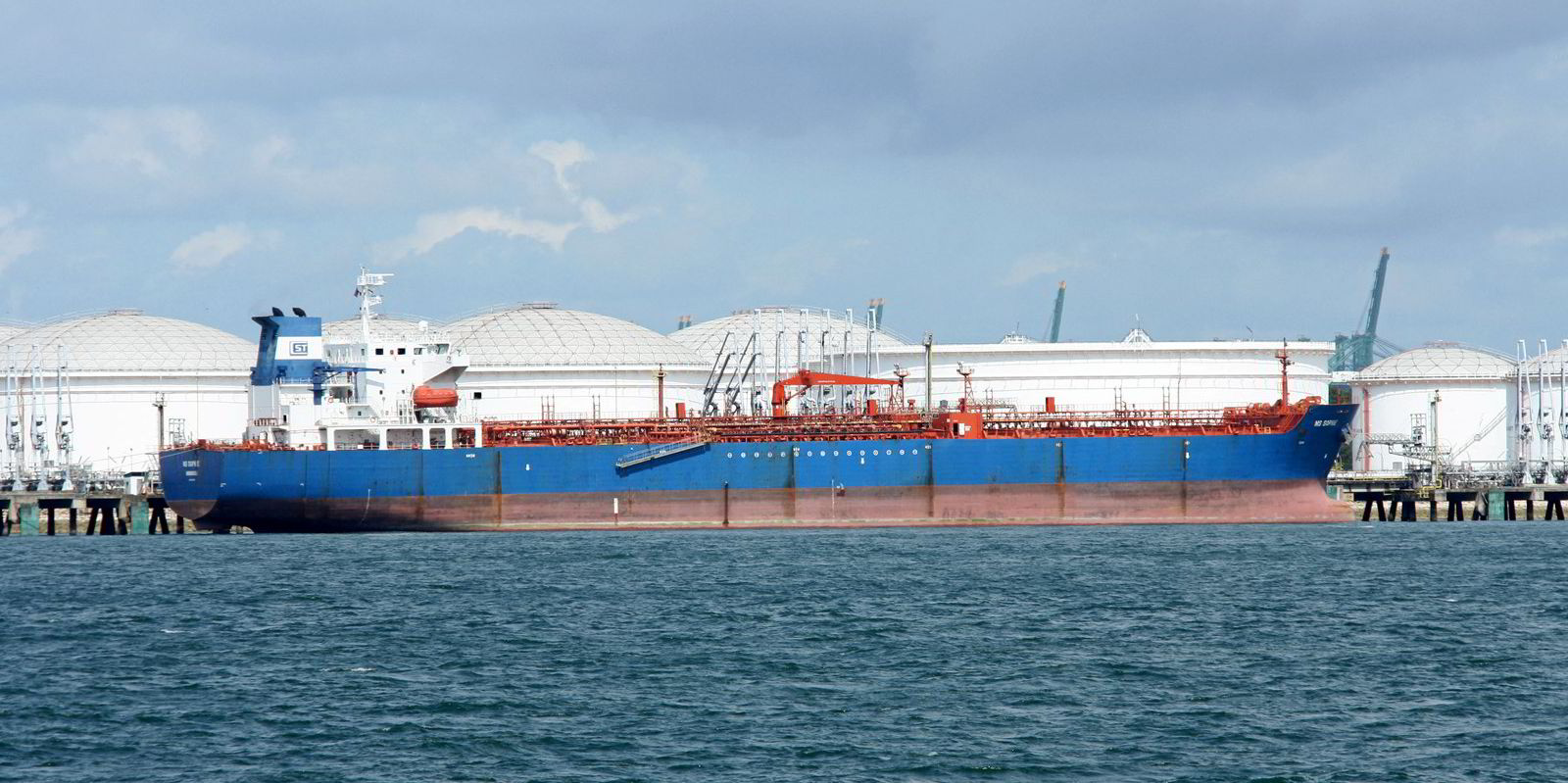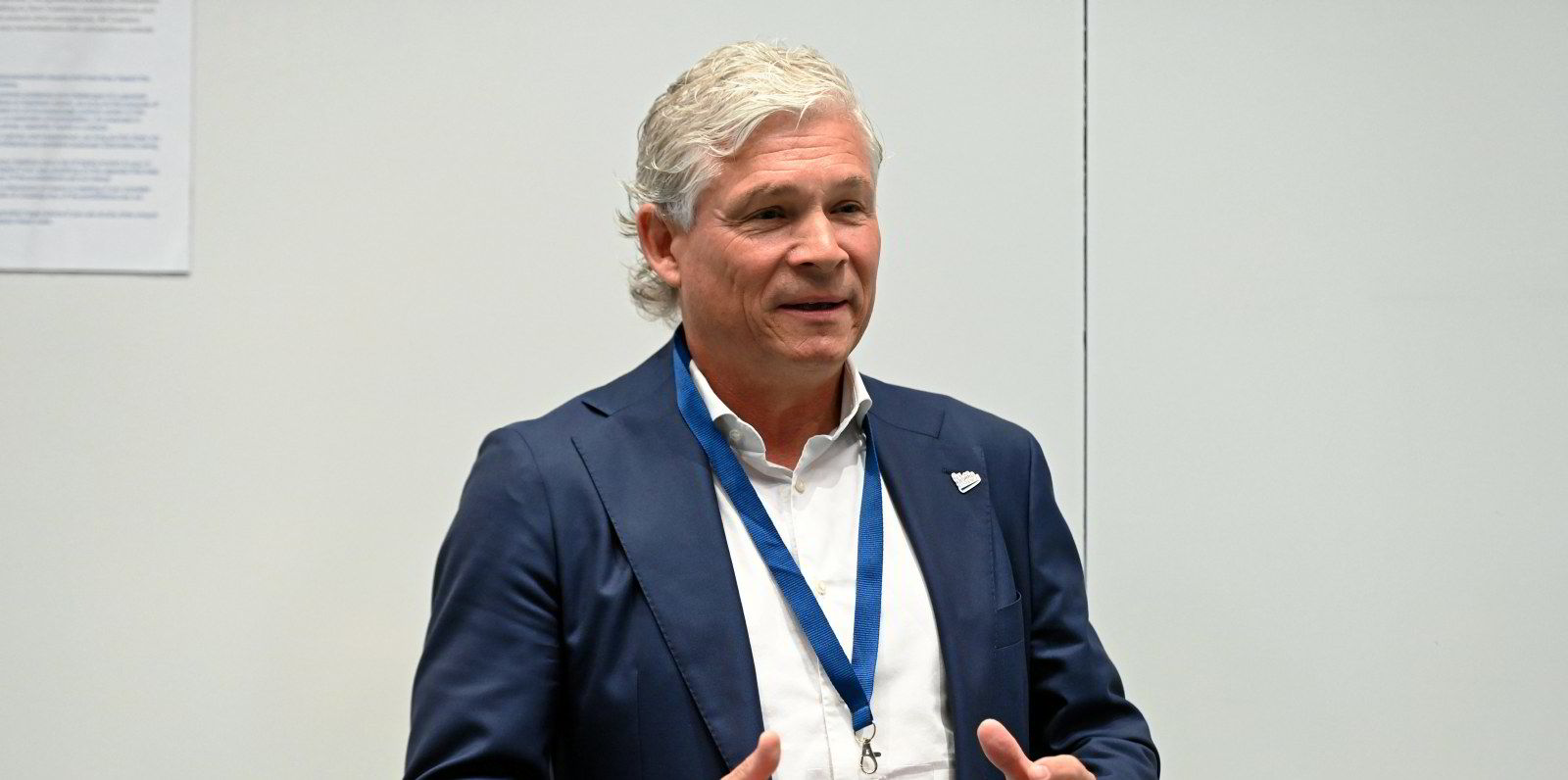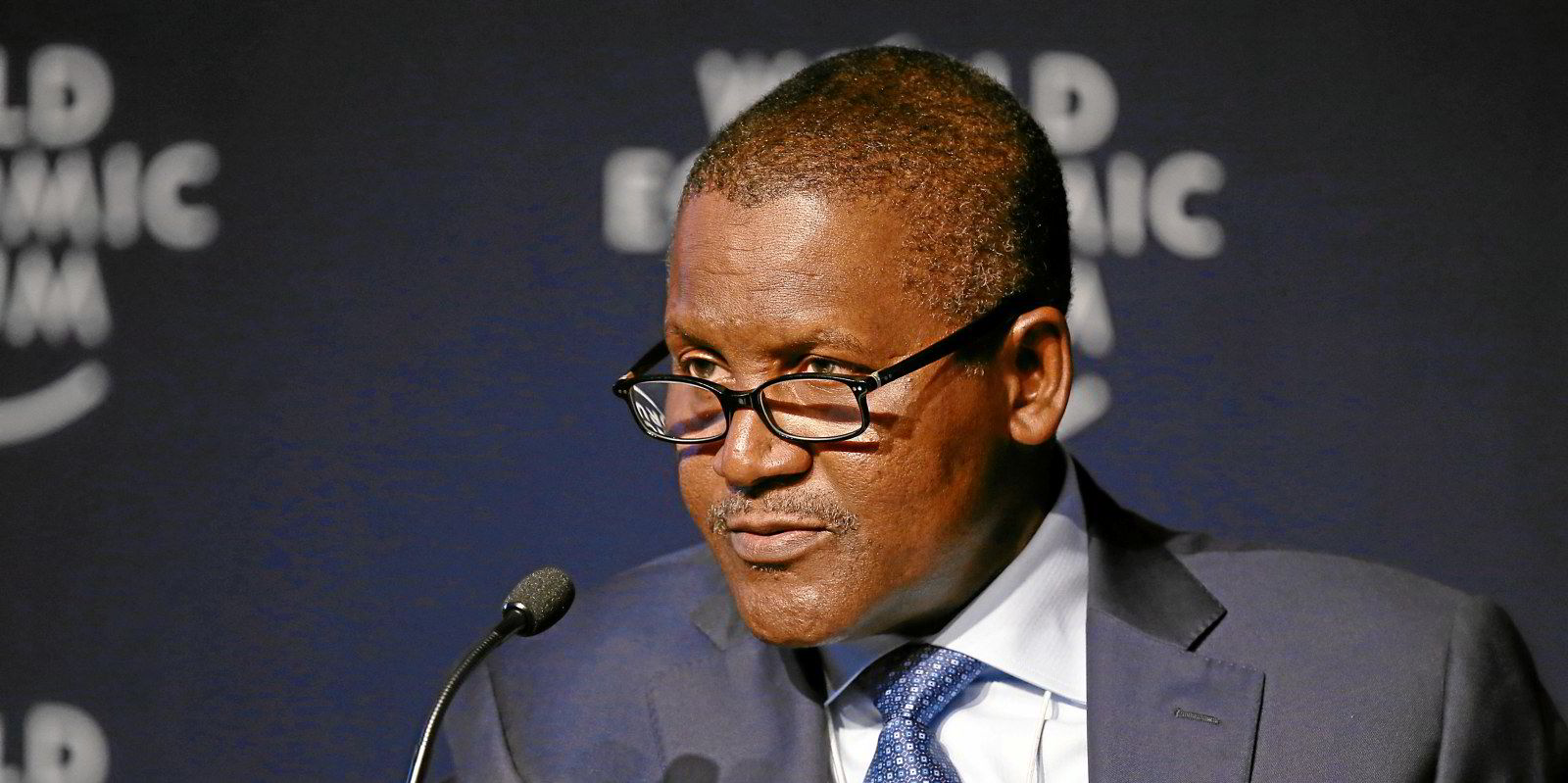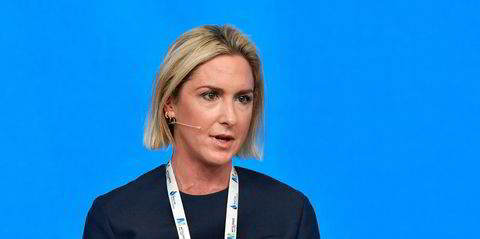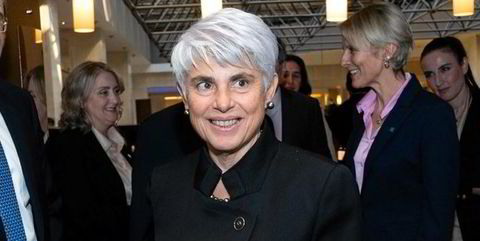Shipping is heading for a tonnage crunch in the MR1 tanker sector unless more vessels are ordered, according to shipbroker BRS Group.
The company noted a steady uptick in tanker contracting at shipyards.
“However one sector which has seen contracting lag the wider market is MR1s,” the broker said.
“The world needs more MR1s. Unless owners start ordering … soon there will be an unavoidable tonnage crunch,” the company added.
BRS tallied 500 operational vessels of between 34,000 dwt and 49,000 dwt.
There are nine on order up to 2026, with four more unconfirmed for 2027.
But only five of these are true MR1s, the company believes, with the others likely to be chemical tankers due to the $7m extra on their price tag.
This equates to an orderbook ratio of just 1.8%.
The orders have eased fears that the sector had been abandoned, but the ships are viewed as increasingly niche by owners.
By 2026, only 205 MR1s will be younger than 20 years.
Demand rising
And demand is rising in North Africa and South East Asia in tandem with rising oil demand.
Many ports cannot take the larger MR2 size, BRS pointed out.
“Notably in Europe, and against the backdrop of projections for a reduction in regional refining activity, there is an expectation that MR1s will be increasingly used to carry fuels from major hubs (eg Rotterdam, Tarragona and Le Havre) to smaller regional ports,” the brokerage said.
Major Western charterers are now becoming more flexible on age due to the shortage of tankers, using ships up to 20 years old, or paying a significant premium for more modern vessels.
This has been seen in the spot market and is now feeding into the period sector, BRS added.
And there is a rate advantage for the smaller ships.
Since 2022, rates from Skikda to Lavera in the Mediterranean have averaged $38,600 per day, according to the Baltic Exchange.
This has beaten the MR2 basket of rates of $32,500 in the Atlantic, and $34,700 in the Pacific.
Price gap narrows
BRS believes the low ordering is because the price gap with MR2s has narrowed, making the bigger size better value for money.
A new MR1 costs $43.5m, with an MR2 priced at $47m.
In 2008 there was a $5m gap.
And an MR2 costs only 10% more to run in return for extra cargo capacity of between 20% and 24%.
“It is … evident that few owners today have an appetite for MR1s,” BRS said.
The broker believes “creative solutions” need to be found.
These could include newbuildings being ordered against seven-year charters to share the risk.
If earnings stay above MR2s, this will tempt owners back as well, the company argues.
“However, it will likely take a significant amount of time for owners to feel comfortable that the premium will last, delaying ordering further,” the broker said.
This suggests owners with young ships or new vessels on order should have “some considerable time” to reap the rewards, the company concluded.
